However this inflation is solely due to price (up 10% year on year) since March 2001, a result of FMD.
Although the buyer base remains very high, frequency has been affected and bacon is now purchased just over once every three weeks.
Bacon rashers constitute 77.3% of total bacon expenditure, with the rest being made up of joints (12.6%) and chops/steaks (10.1%).
Joints have shown decline over the past year and are underperforming within the meat category.
The sector is own label dominated, but new product development has come from Danepak's Pork Perfection, offering value added (seasoned) joints. In contrast, steaks are growing ahead of the market, driven by Sainsbury.
RASHERS
Bacon rashers are not showing the same extent of price inflation seen in total bacon, partly due its heavily promotional nature.
The most commonly used tools are multibuys (bogofs), price offs, or price-marked twin packs. Over half of sales of branded bacon rashers were during promotion. Danepak and Wall's in particular promote heavily.
60% of bacon rashers are attributed to own label (this is a lower level than other meat markets) although this is not growing as quickly as the brands.
Loose sales in particular (via butchers and supermarket deli counters) are down 4% in value terms, whereas CAP (controlled atmosphere packaging) drives value forward.
This is the most popular pack type (51.5% of rasher sales) and is used for the majority of promotional strategies.
Within rashers, back bacon remains the nation's favourite, with 83.6% of sales, up 12% year on year.
RETAILERS
Tesco is the number one bacon rasher retailer growing at 18% year on year. Asda, Safeway and Morrisons have also exceeded growth in the latest year, but are still a long way behind Tesco. Although still showing growth, Sainsbury and Somerfield are losing share within rashers.
This follows a good year in 2000 for Sainsbury bacon.
{{FOCUS SPECIALS }}
Close menu
- Home
- Retail & Wholesale
-
Products & Suppliers
- Back to parent navigation item
- Products & Suppliers
-
Product Categories:
- Back to parent navigation item
- Product Categories:
- Alcoholic drinks
- Bakery
- Cereals & breakfast
- Cheese
- Chicken & poultry
- Chocolate
- Confectionery
- Crisps, nuts & snacks
- Dairy
- Fish
- Fresh produce
- Frozen
- Household
- Meat
- Own Label
- Sauces & condiments
- Seasonal
- Soft drinks
- Vaping
- Vegan & plant-based
- World foods
- Suppliers
- People
- Reports & Data
-
Topics A-Z
- Back to parent navigation item
- Topics A-Z
-
Popular topics:
- Back to parent navigation item
- Popular topics:
- Cost of living crisis
- Crime
- Deposit Return Schemes
- Finance
- Government & Regulation
- Health
- Inflation
- Loyalty
- Marketing
- Mergers & Acquisitions
- New Product Development
- Sourcing
- Supply chain
- Sustainability & environment
- Technology
- Ultra Processed Foods
- Vaping
- A-Z all topics
- Content by type:
- Events
- Subscribe now
Sign in to comment on this article
Not logged in before? Register for FREE guest access today.
You will be able to:
- Read more stories
- Receive daily newsletters
- Comment on stories
Advert



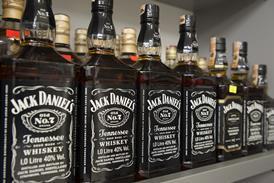
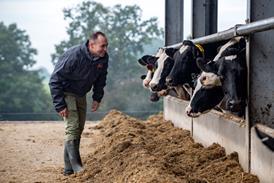




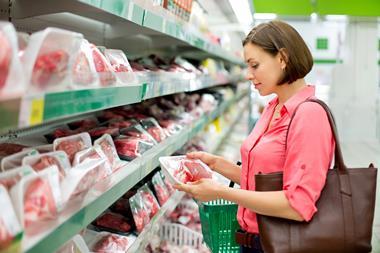

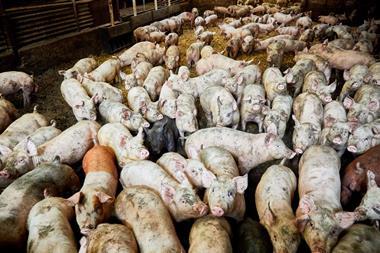

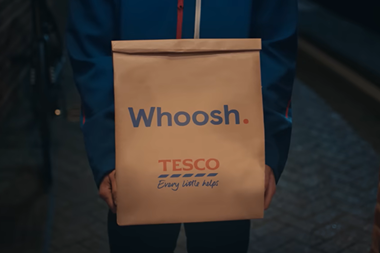




No comments yet